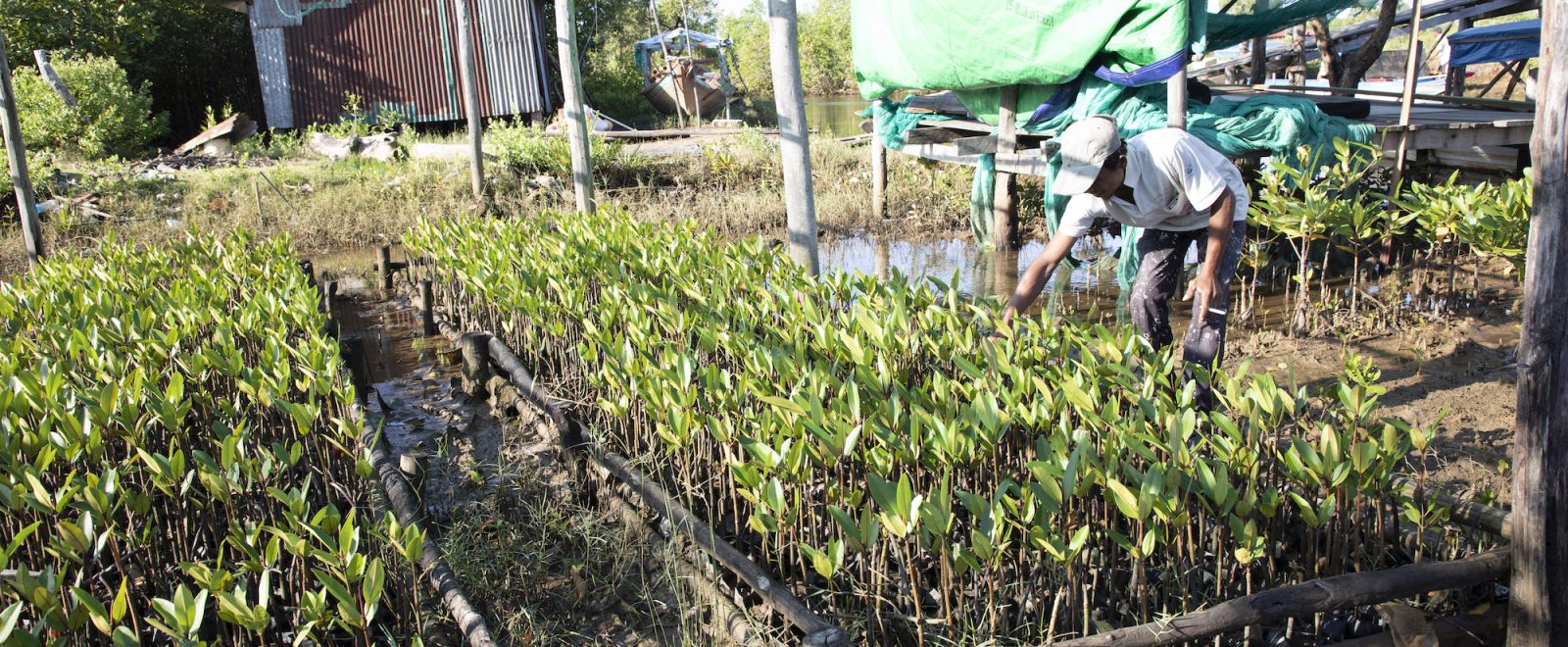One year after the outbreak of the Ukraine war and its impacts on global food, energy, and fertilizer prices, the situation of hunger across the world is getting worse.
Despite commodity prices declining for a 12th consecutive month, higher fertilizers prices combined with the impact of climate change on food production leads to serious concerns for the prospects of 2023, while domestic food price inflation is at prohibitively high levels in many countries.
According to the World Food Program (WFP), an estimated 828 million people are already hungry, with the number of those facing acute food insecurity more than doubling to 345 million from 135 million since 2019. People in 49 countries are currently at risk of famine.
Many developing countries are experiencing a rise in import bills due to higher prices and a strong dollar, putting a strain to their financial stability already constrained by a high level of debt.
It’s been 15 years since the last food crisis, and we are in a worse position than before.
Donors and United Nations (UN) Agencies are mobilizing funds to support developing countries in what the UN agencies call the “5F” crisis of not enough food, feed, fertilizer, fuel, and financing.
During the COVID-19 pandemic, many communities found their way out thanks to more localized food systems, where they could access food directly from producers. Now food producers are constrained by higher prices in inputs and global production is expected to fall in 2023 due to less access to fertilizers. This is the right moment to invest in small scale producers and their transition to agroecological farming for the benefit of people, nature, and climate.
However very little funding is allocated to agroecological transition, undermining the long-term solutions to the crisis.
ActionAid carried out an assessment of national policies and budget in Nepal and Cambodia, two countries that are suffering from a high level of food insecurity and malnutrition. In both countries, the support for agriculture is still a small percentage of the overall national budget and mostly directed to support export-oriented crops, while budget allocation to agroecology is minimal if not zero.
The current crisis should stimulate governments to re-think their national agricultural sector prioritizing food production for the people than for the external market, farmers’ resilience over export capacity, and ecosystem preservation over profit-led exploitation of natural resources.
Farmers’ communities in Nepal and Cambodia continue to practice agroecology in a hostile environment and without government support, but these good practices need to scale out and involve many more farmers to ensure food security for the entirety of the countries. Donors and UN agencies should divert from facilitating access to fertilizers and contribute to the shift to locally based agroecological farming.
This is what farmers call for, and this is what we know will help build resilience to future shocks.
Download Public Spending on Agroecology in Nepal and Cambodia – A Baseline Assessment to learn more.

